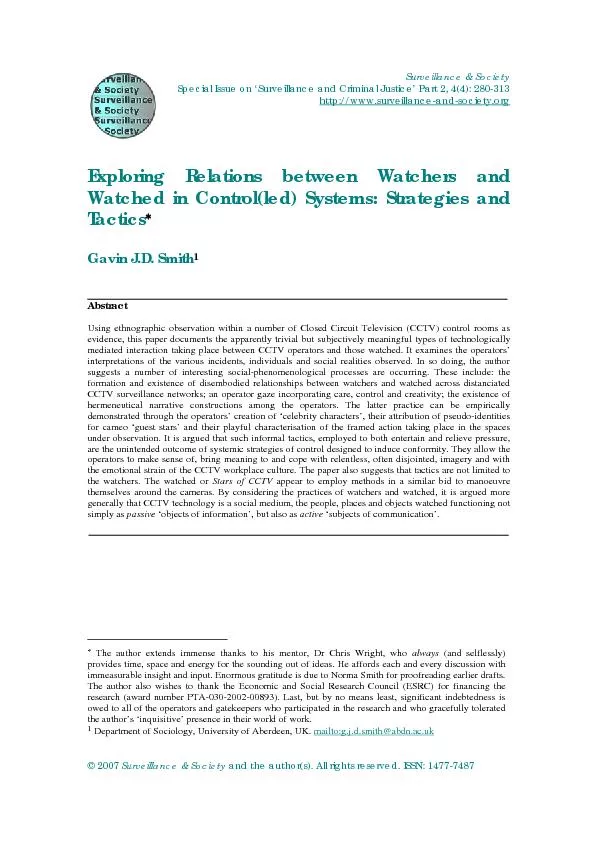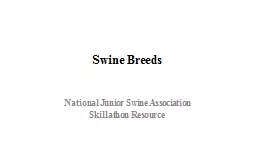PPT-Exploring the association between question characteristics,
Author : danika-pritchard | Published Date : 2016-07-03
quality Aaron Maitland Westat Heather Ridolfo NASS James Dahlhamer NCHS Antuane Allen NCHS Dynesha Brooks NCHS Background and Motivation Questionnaire Interviewer
Presentation Embed Code
Download Presentation
Download Presentation The PPT/PDF document "Exploring the association between questi..." is the property of its rightful owner. Permission is granted to download and print the materials on this website for personal, non-commercial use only, and to display it on your personal computer provided you do not modify the materials and that you retain all copyright notices contained in the materials. By downloading content from our website, you accept the terms of this agreement.
Exploring the association between question characteristics,: Transcript
Download Rules Of Document
"Exploring the association between question characteristics,"The content belongs to its owner. You may download and print it for personal use, without modification, and keep all copyright notices. By downloading, you agree to these terms.
Related Documents













![[EBOOK]-Exploring the World of Chemistry: From Ancient Metals to High-Speed Computers](https://thumbs.docslides.com/956424/ebook-exploring-the-world-of-chemistry-from-ancient-metals-to-high-speed-computers-exploring-series-exploring-new-leaf-press.jpg)
![[DOWNLOAD]-Exploring the World of Chemistry: From Ancient Metals to High-Speed Computers](https://thumbs.docslides.com/957391/download-exploring-the-world-of-chemistry-from-ancient-metals-to-high-speed-computers-exploring-series-exploring-new-leaf-press.jpg)